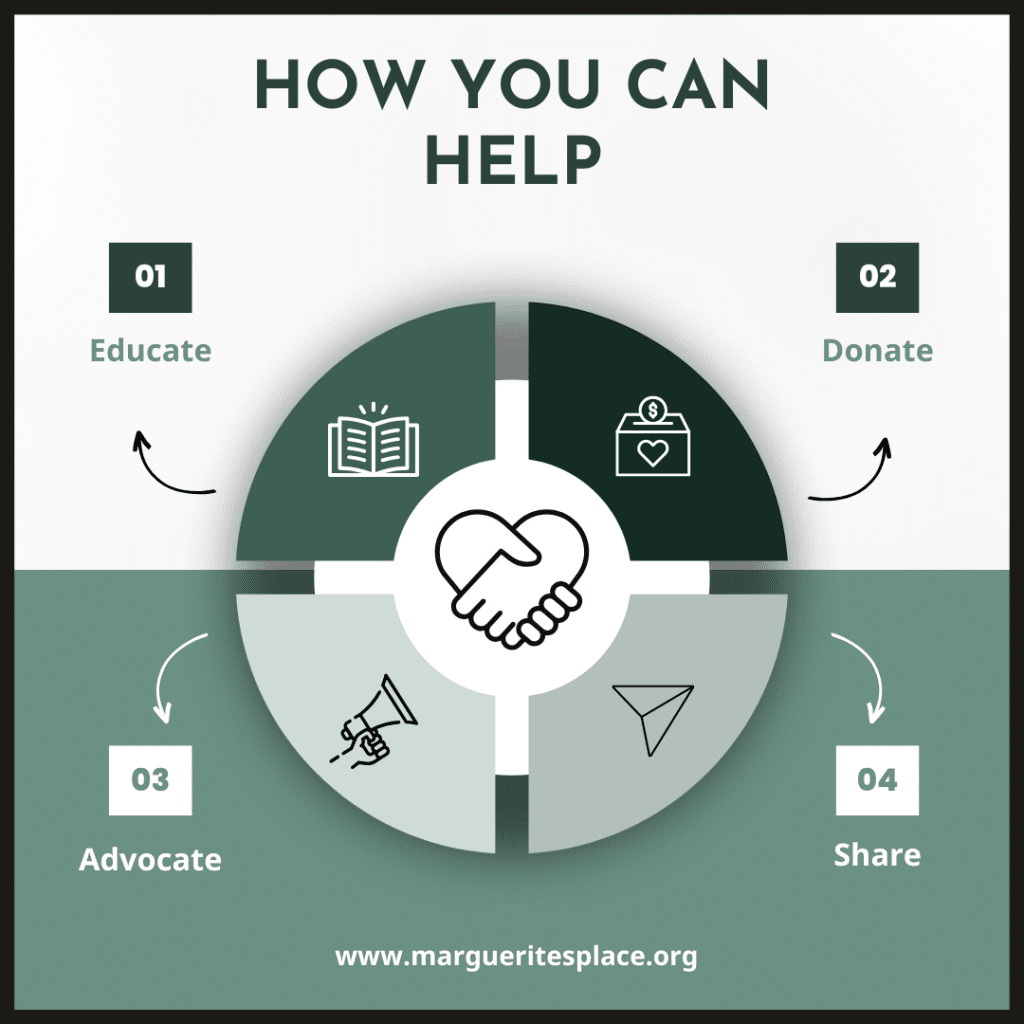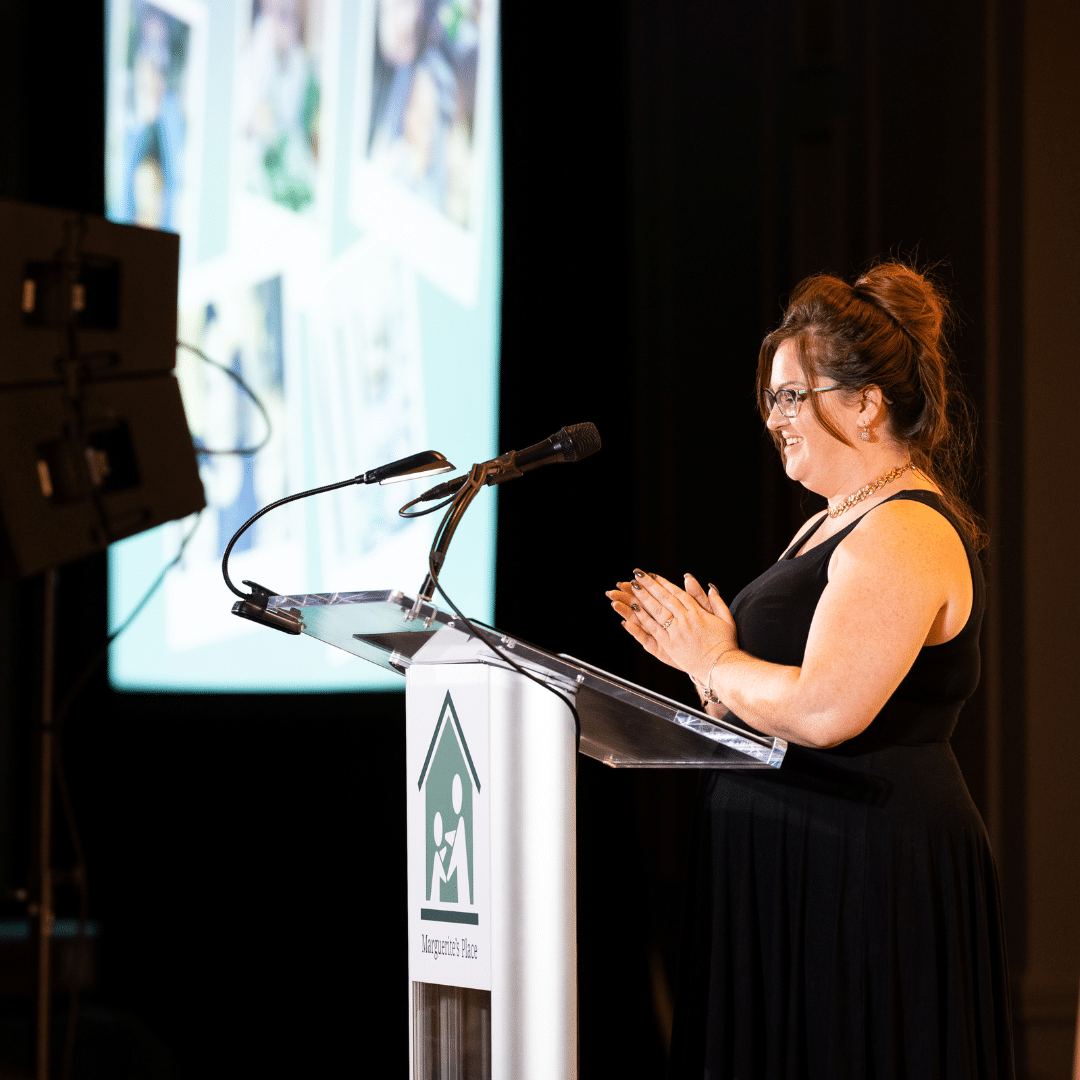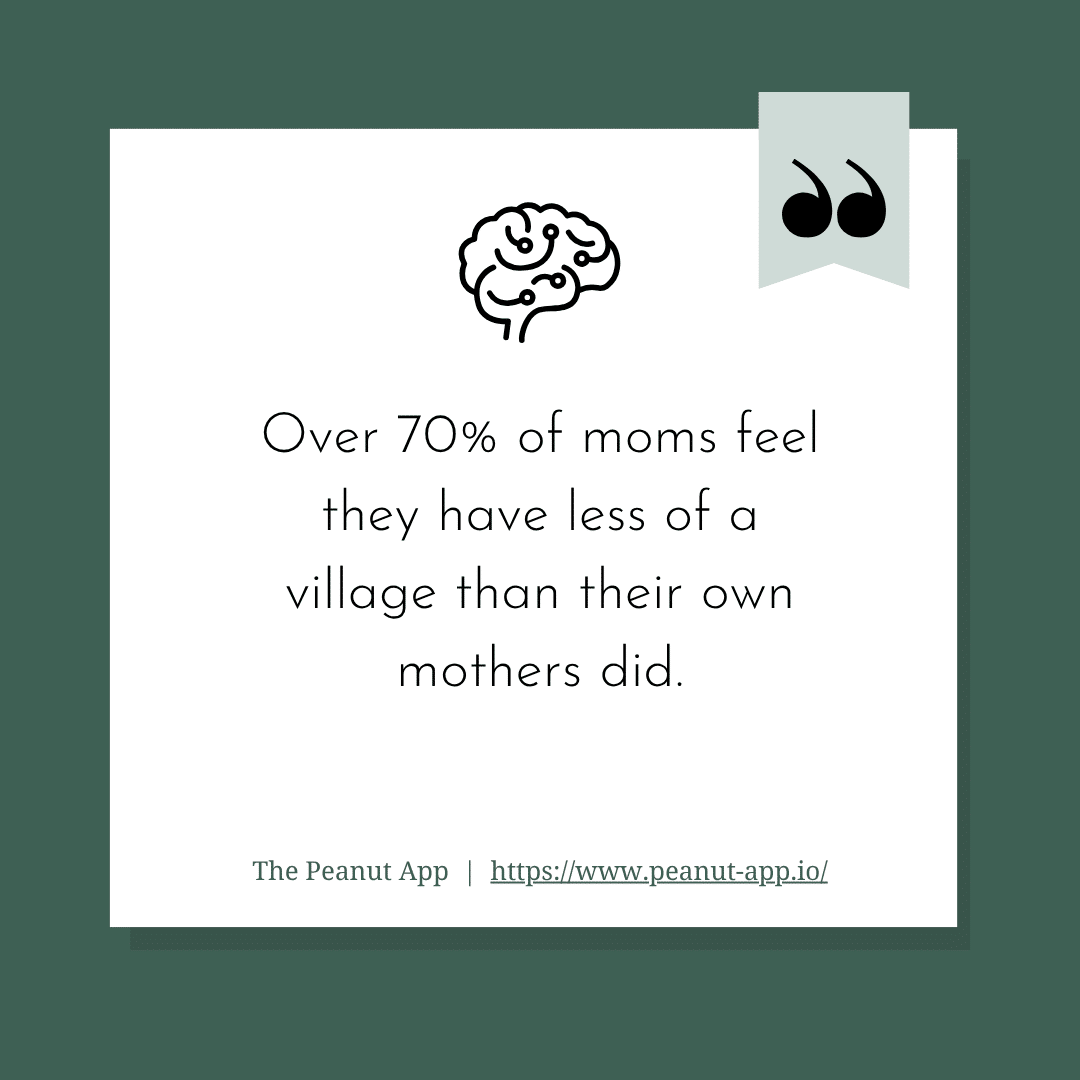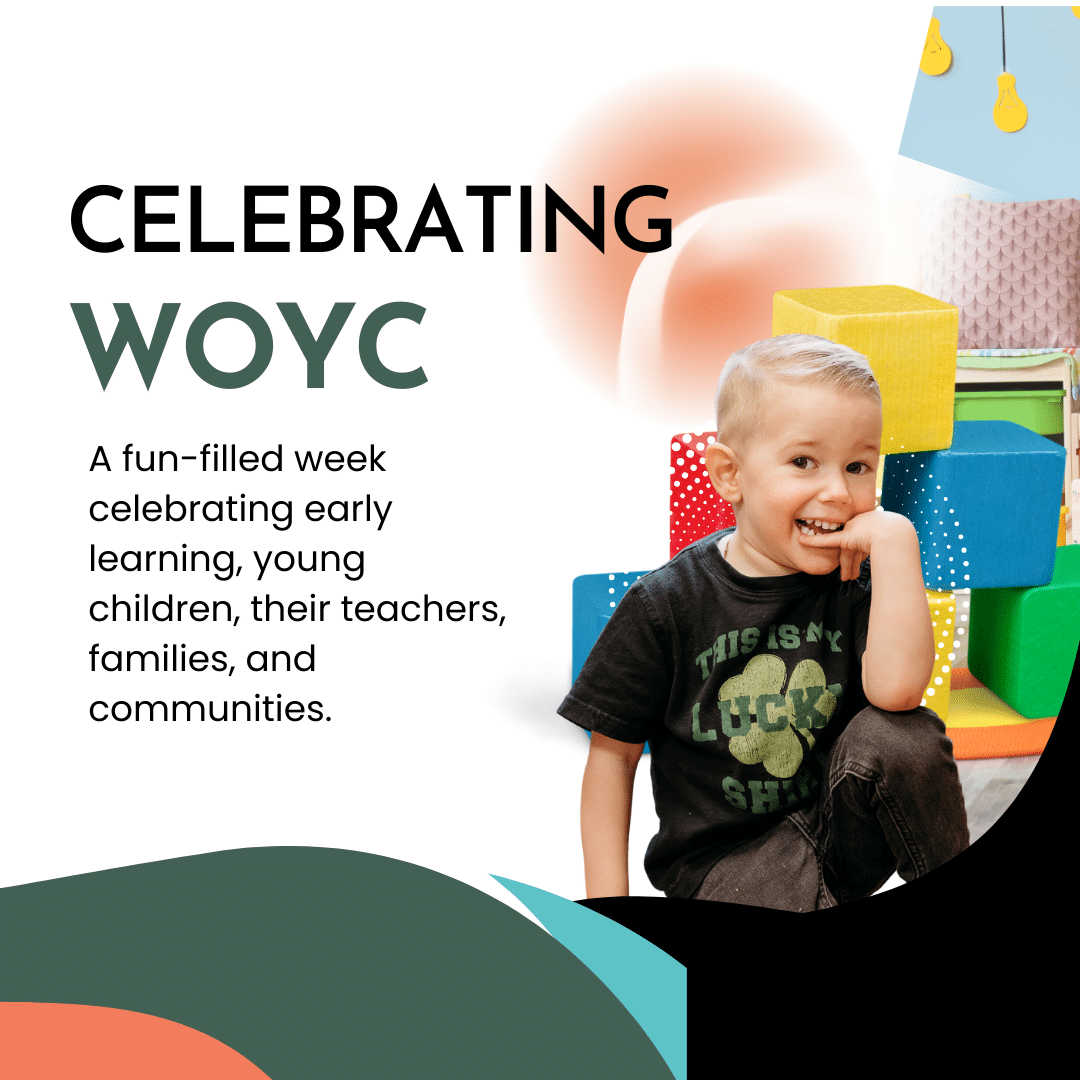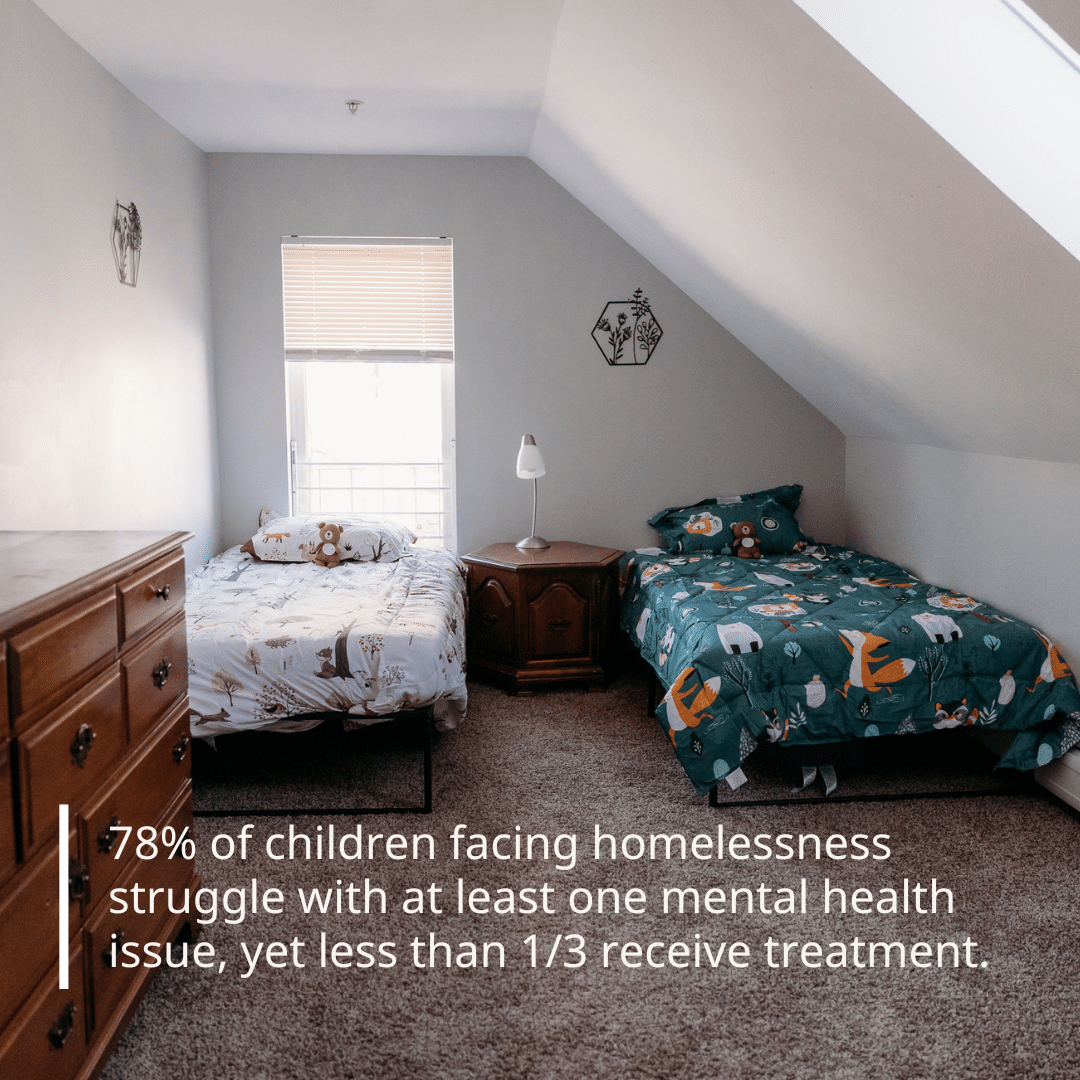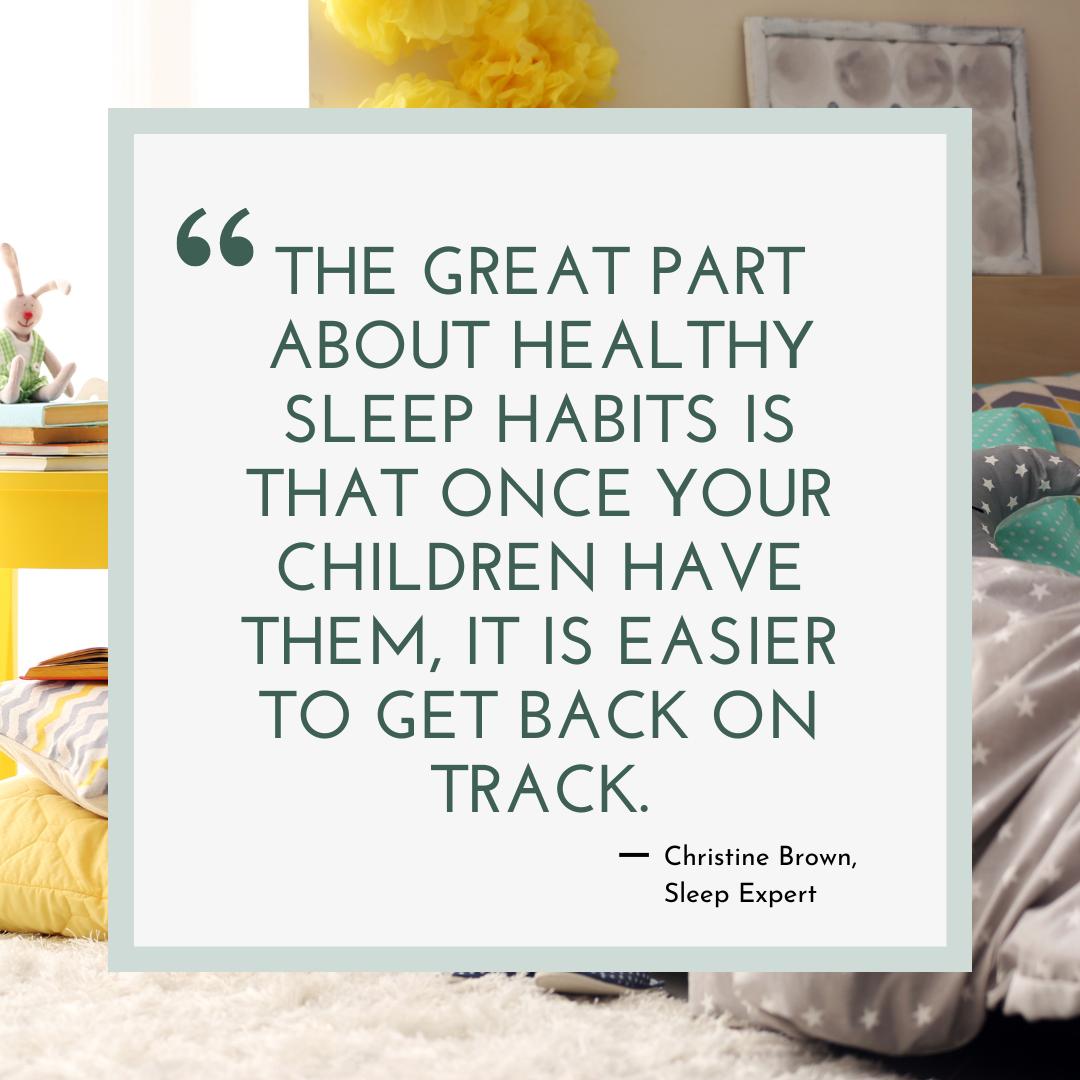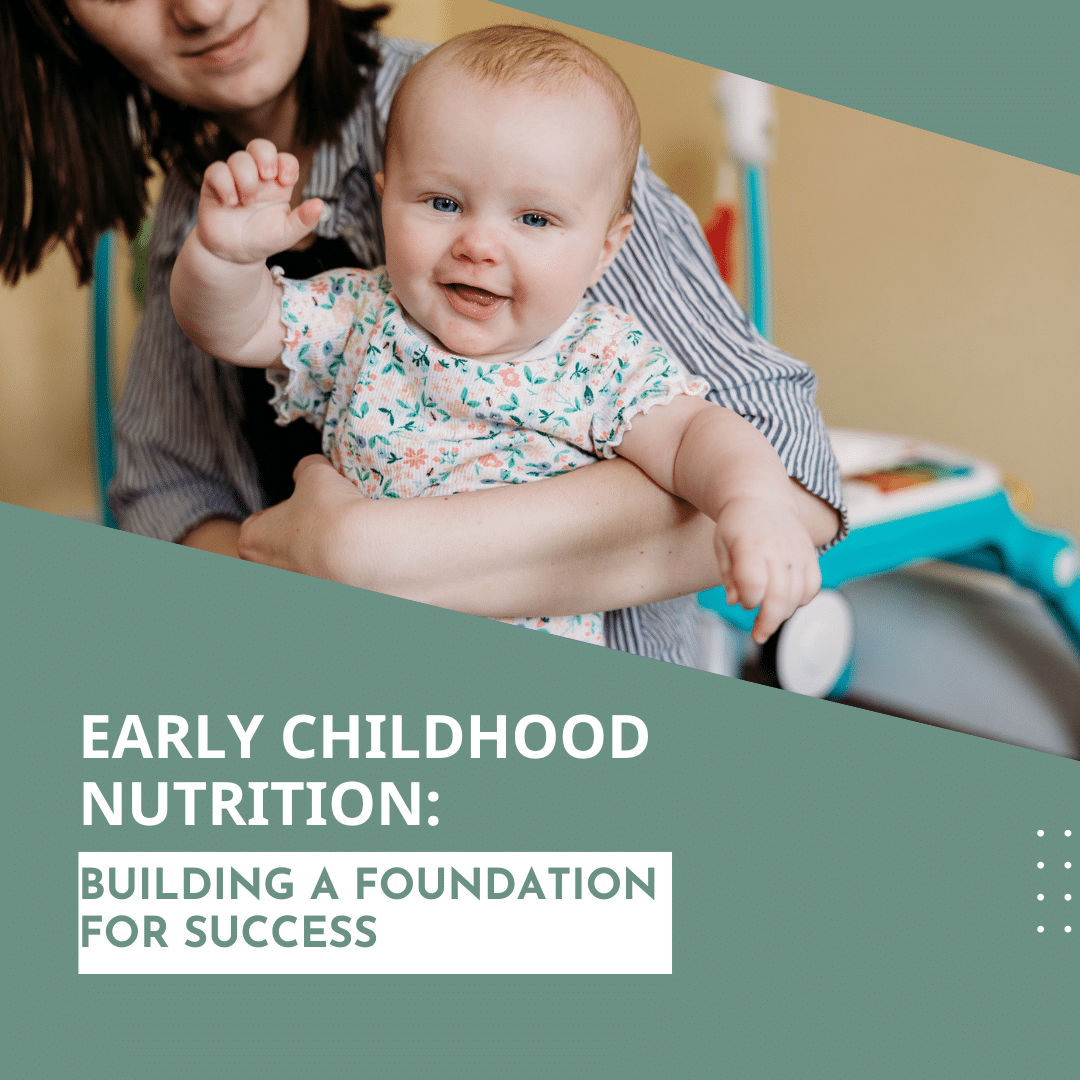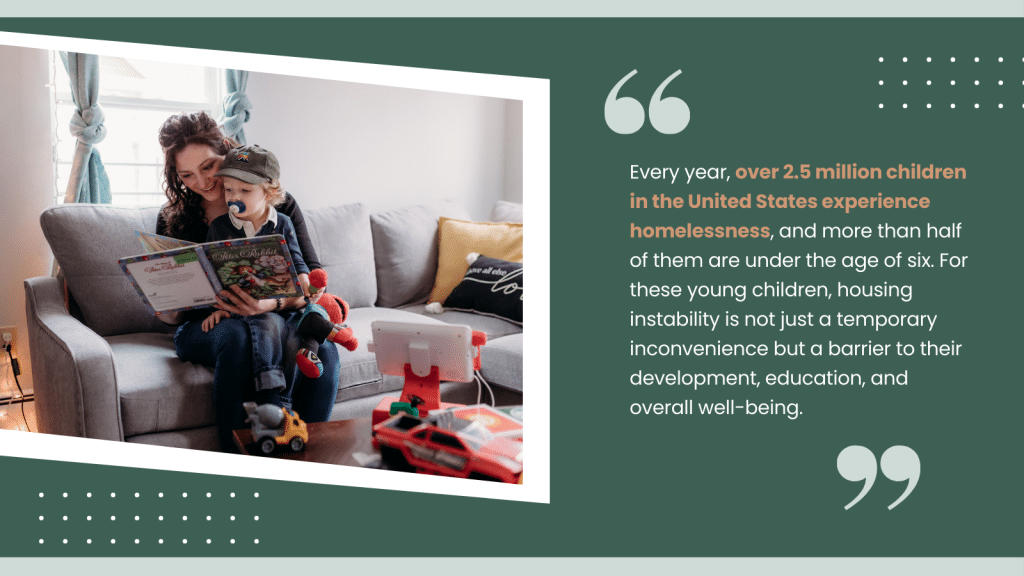
Homelessness is more than a lack of shelter—it’s a crisis that deeply affects every aspect of a child’s life.
Every year, over 2.5 million children in the United States experience homelessness, and more than half of them are under the age of six. For these young children, housing instability is not just a temporary inconvenience—it is a barrier to child development, education, and overall well-being.
The Emotional and Behavioral Impact
Children who experience homelessness are at significantly higher risk for mental health challenges. An estimated 78% of children facing homelessness struggle with at least one mental health issue, yet less than 1/3 receive treatment. (3)
The stress and trauma of moving frequently or living in unstable conditions can present as anxiety, depression, and difficulty with emotional regulation. These struggles aren’t just temporary—they can shape a child’s ability to form relationships and succeed academically for years to come.
In fact, children experiencing homelessness are twice as likely to exhibit behavioral challenges, including defiance, inattention, and hyperactivity, as their peers. (3) If unaddressed, these challenges can lead to lasting consequences such as difficulties in school, trouble maintaining friendships, and a higher likelihood of future mental health issues.
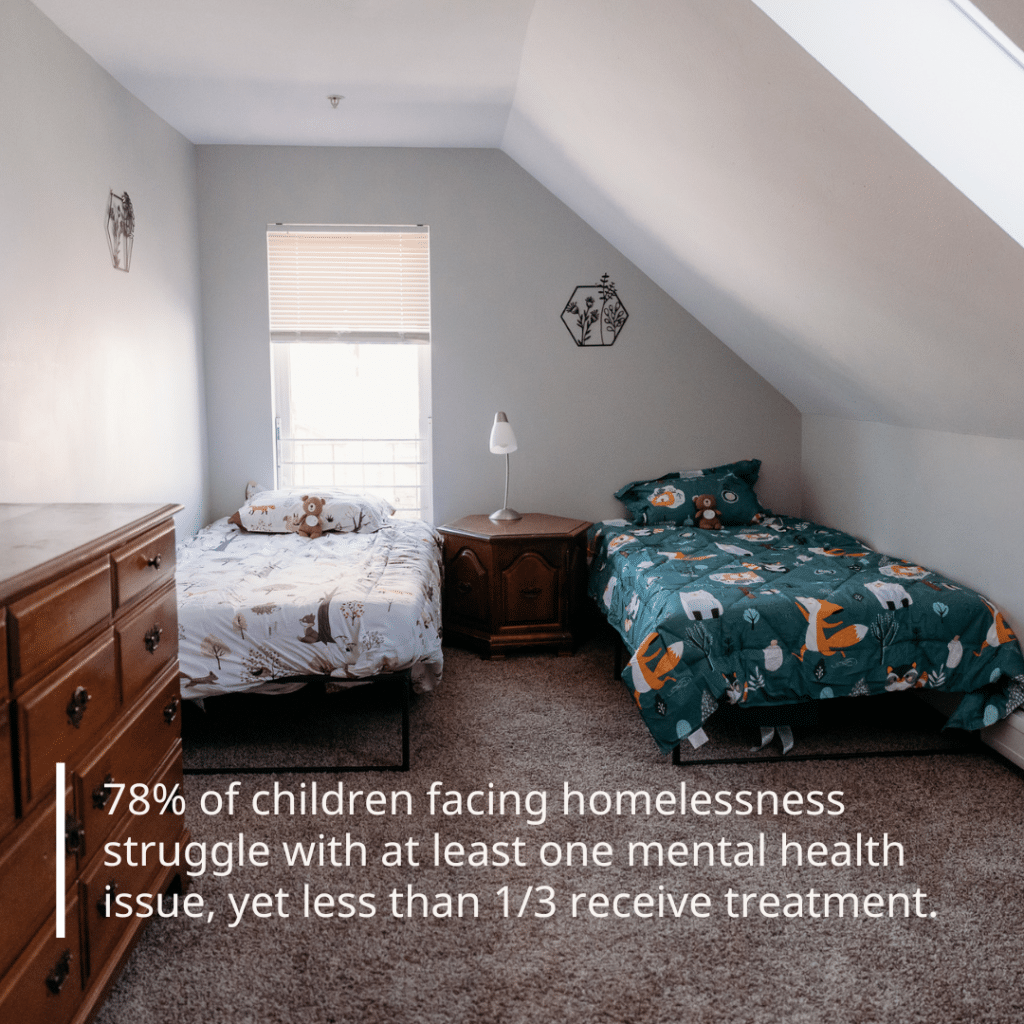
The Toll on Child Development
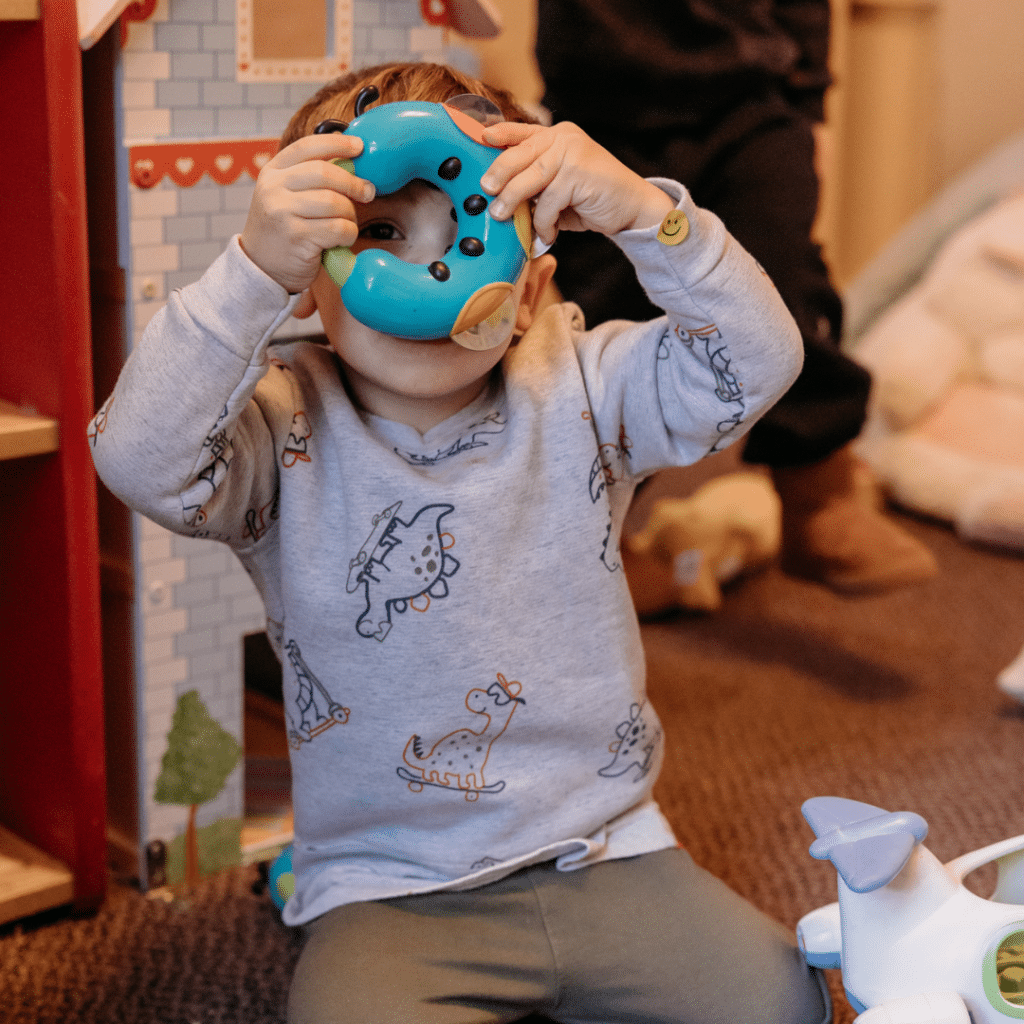
For children under five, the effects of housing instability are especially severe. During this critical period of brain development, the lack of routine, privacy, and safety can disrupt their growth in ways that are difficult to recover from. Young children experiencing homelessness are more likely to experience delays in cognitive and social development, putting them at a disadvantage even before they start school.
According to a recent study, 26% of children under three living in shelters required referrals for developmental evaluations. This figure jumped to 50% for children over the age of three. (3) These statistics underscore the urgent need for early intervention and support to prevent long-term harm.
Housing Instability & Barriers to Education
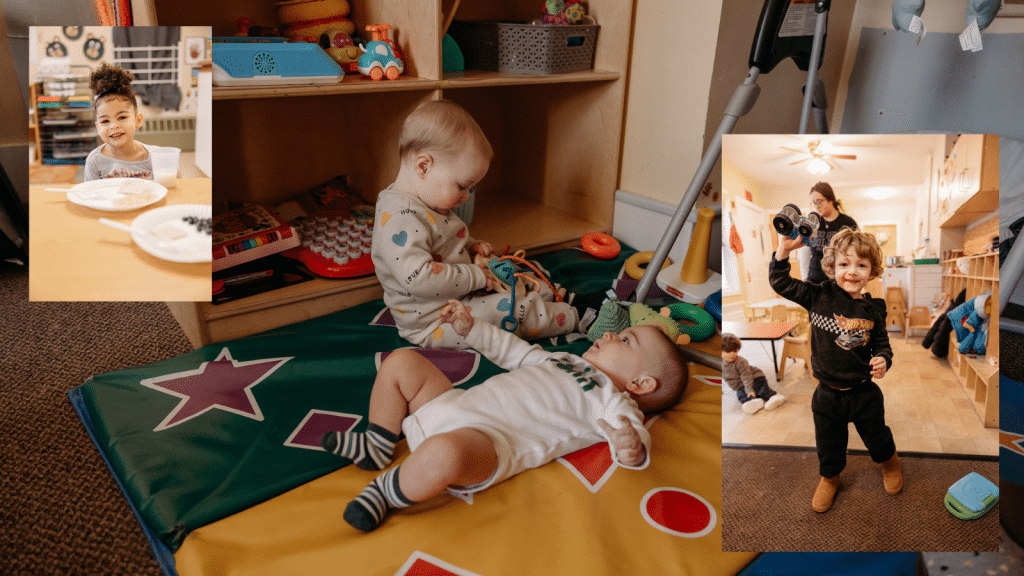
Stable housing is critical for academic success. Children experiencing homelessness are twice as likely to repeat a grade, twice as likely to have learning disabilities, and three times as likely to struggle with emotional and behavioral difficulties compared to their peers. (2) Frequent moves and school changes disrupt learning, making it nearly impossible for children to keep up academically.
In addition, the stress of homelessness—worrying about where they’ll sleep next or whether they’ll have enough to eat—diverts a child’s focus from learning to simply surviving. This puts them at a lifelong disadvantage, perpetuating cycles of poverty and instability.
How You Can Help
Housing instability impacts entire families, especially children. Supporting organizations like Marguerite’s Place, which provides stable housing, trauma-informed childcare, and skills-based community programming, is vital. These services not only address immediate needs but also break the cycles of homelessness and poverty for families in NH.
Equally important is advocating for policies that expand affordable housing and prevent evictions. Together, we can ensure every child has the safety and stability they need to heal, grow, and thrive.
Sources
“The Americans Most Threatened by Eviction: Young Children” (The New York Times)
“Facts on Trauma and Homeless Children” (National Child Traumatic Stress Network)
“Special Needs of Sheltered Children” (NWSN)
“Child and Youth Homelessness in the United States: Data Profiles” (Schoolhouse Connection)

